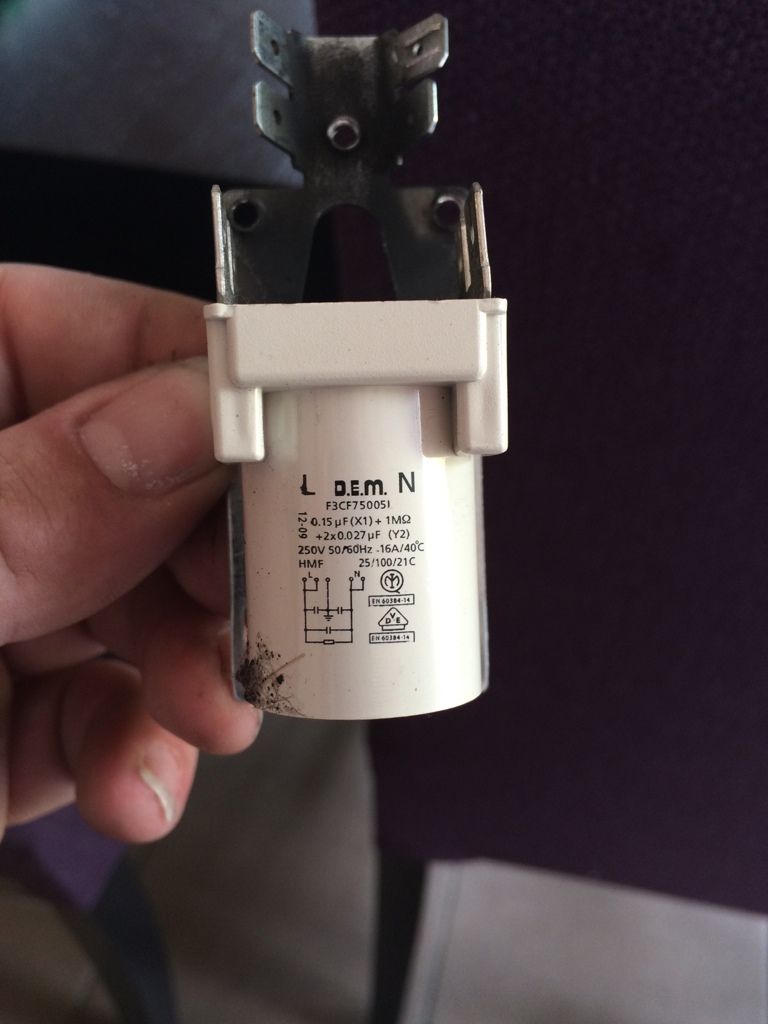That would be helpful. As I've been discussing with others here, the whole thing gets even more difficult to understand if some fault is causing an MCB as well as the RCD to trip. If it's only the RCD, then that's a somewhat more common, and more sane, situation to contemplate.I will confirm that with the tenant. I know it needs to be left off to get up and running again. Hence the thinking that the two are in someway connected.Ah - so, as far as you know, that MCB does not actually trip on it's own?
It would be interesting to know whether the kitchen sockets MCB has to be in the 'off' position for the RCD to be resettable even if nothing is plugged into any of the kitchen sockets (or is otherwise connected to that circuit).
Kind REgards, John



